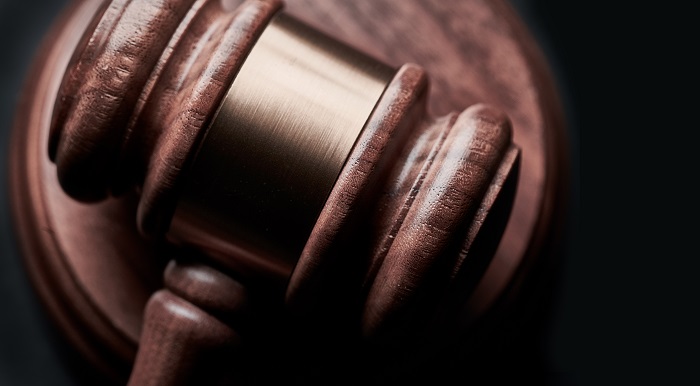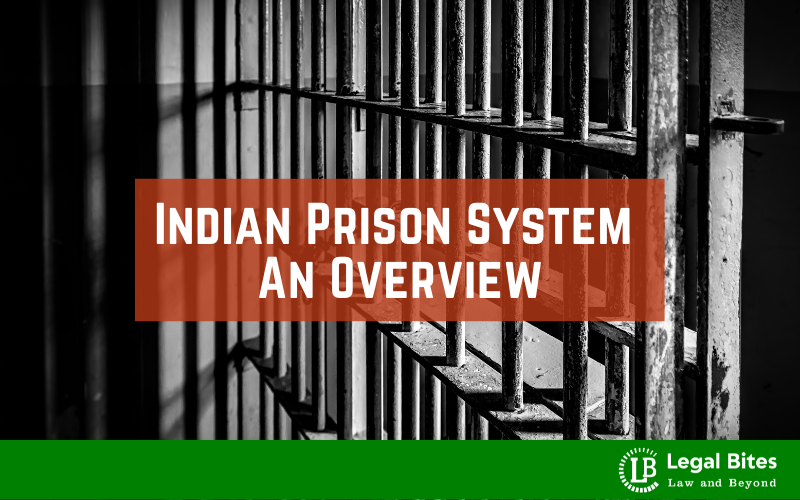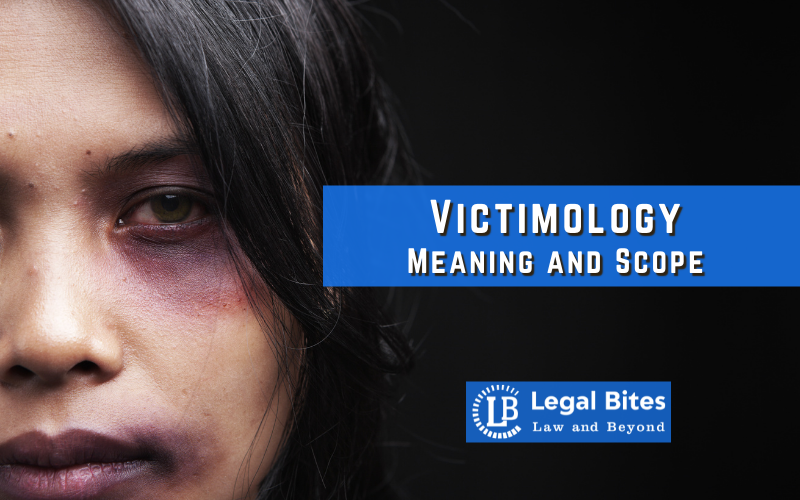Criminology and Criminal Justice
The article ‘Criminology and Criminal Justice’ seeks to review and analyze the attempts to strategize the mechanism that can address crime occurrence, deals with offenders, and be equally responsive towards victims. The concept of the legal system suggests that it constitutes of procedures that are regulated thoroughly with extreme rationale, conduct and coordinated plan. If the functioning of… Read More »
;
The article ‘Criminology and Criminal Justice’ seeks to review and analyze the attempts to strategize the mechanism that can address crime occurrence, deals with offenders, and be equally responsive towards victims. The concept of the legal system suggests that it constitutes of procedures that are regulated thoroughly with extreme rationale, conduct and coordinated plan. If the functioning of the legal system is unplanned and poorly regulated it eventually affects the...
The article ‘Criminology and Criminal Justice’ seeks to review and analyze the attempts to strategize the mechanism that can address crime occurrence, deals with offenders, and be equally responsive towards victims.
The concept of the legal system suggests that it constitutes of procedures that are regulated thoroughly with extreme rationale, conduct and coordinated plan. If the functioning of the legal system is unplanned and poorly regulated it eventually affects the justice delivery system. From a societal point of view, the seriousness of an act is determined by learning their effects upon the social status or society.
Criminal Justice is essentially a tool to strictly control social behaviours in the society that are dangerous, destructive and may cause a problem to others. The purpose of punishment through the system is not meant to take vengeance or to balance accounts upon a criminal, but the idea is to make sure that such crimes are not repeated by him or any others getting influence by him. Adjudication of the crime through constructive treatment and regulating criminal conduct with more social satisfaction than punishment is the primary duty of a legal system to ensure the smooth functioning of the criminal justice system.
Introduction
Any legal system of a country recognizes certain rights that direct duties upon people. For the enforcement of those rights and duties, the system works through law enforcement machinery that helps to combat crime and criminals in the society. The law enforcement machinery includes Judges, Advocates, Investigative agencies, Criminologists and many crime preventive agencies. The concept of crime has been changing with time and socio-economic condition prevalent in society.
Criminal Justice is essentially concerned with the violation of criminal law and enforcement of the same with certain procedures. The aim is to control crime and assure due process.
The administration of ‘criminal justice system’ and study of causes behind occurrence of ‘crime’ is the essential subject matter of criminology. It is so because the nature of conduct of individuals in society is an indispensable element in the understanding of concept of crime. Since the best interest of society is protected with an individual’s conduct, therefore every member has a certain obligation, duty and rights against the other members in the society. Thus it is the duty of both the state and citizens to maintain the law and order in the society through the help of Crime preventive machinery.
I. General Overview of the concepts
To determine behaviours whether they should be considered crime or not is not an easy task that one might think. It involves conducting extensive legal research and gathering data about the crime occurred. Criminology works as an essential tool in understanding those behaviours as per societal point of view.
Criminology is defined as the study of crime by dealing with offenders and victims, the impact on the society in general and the responses from them.
Criminal Justice, on the other hand, is referred to as the study of the regulation and enforcement of justice system, being equally responsive towards the victims as dealing with offenders. The Criminal Justice system works on the effectiveness of four means, i.e., Criminal Law procedures, Law enforcement agencies, Judiciary and constructive treatment. These means acts as preventive measure to combat crime in order to maintain law and order in the society. The constructive treatment for the accused includes punishment, sentencing and rehabilitation.
Fundamentally speaking, Criminal Justice essentially includes the application of criminology. Together, they describe societal viewpoint and response to a crime. The Criminal Justice system is comprised of the law enforcement machinery that includes Judges, Advocates, Investigative agencies, Criminologists and many crime preventive agencies that try to punish, sentence and rehabilitate the convicts.
The term criminology can be used both in a general and special sense. Broadly, it is the study of the subject matters that are necessary to understand the accused behaviour, crime prevention, punishment or treatment of the delinquents and mostly to help in law development in the system. In its narrower sense as behavioural science, it mainly attempts to explain the crime and to find out way how to prevent that. This helps in legislating laws towards different behaviours that are made punishable as crimes.
Criminal justice was to cease being a punitive, reactive system and was to become instead a scientifically informed apparatus for the prevention, treatment, and elimination of criminality.[1] Thus, this system is necessarily meant to be run by criminologists who are more concerned towards individual reforms and measures rather than just functioning on the outworn legalistic approach of justice delivery.
II. Crimes and Judicial Sentencing Guidelines
A crime is defined as an act that is punishable by law and a criminal is the one who has committed such a legally forbidden act. Though a criminal act must be done voluntarily and without compulsion. Legally as stated by the court, compulsion has to be immediate cause resulting in the happening of a particular act. It must be evident. Such an act done voluntarily is requisite to criminal behaviour. Especially, in relation to serious crimes, it must show evidence that the offender had criminal intent of doing wrong.
The offender is aware of the consequence of his/her act legally and socially. A motive should be there that is the reason that crime has been done. Indian Criminal law also recognizes the degree of intent that is necessary to constitute a particular crime. The courts to charge a greater penalty accordingly, must show that an act has been committed maliciously.
General principles of Sentencing process
The purpose and general justification of the criminal law are to protect society, by marinating social order, by methods of social control that maximize individual freedom within the coercive framework of the law.[2] Penal laws inform the citizens and make them aware of how they are expected to behave socially and legally and also give due notice that any infringement against such laws will e followed by punishment.
Punishment reflects the disapproval of society towards an act that is legally forbidden as well. Therefore, punishment or sentencing is an integral part of a justice delivery system. However, there should be strict guidelines and procedure that has to be followed when an accused is sentenced.
The Apex Court of India in the case of Soman v. Kerala[3] observed a number of principles that is to be taken into consideration while exercising discretion in sentencing such as proportionality, deterrence, and rehabilitation. In the context of proportionality analysis, mitigating and aggravating factors should also be taken into account.
In another case of State of Madhya Pradesh vs Bablu Natt,”[4] the Supreme Court has cited that “the principle governing the imposition of punishment would depend upon the facts and circumstances of each case. An offence which affects the morale of the society should be severely dealt with.”
Further, the apex court in the case of Alister Anthony Pareira vs State of Maharashtra[5], has discussed the importance of sentencing in the criminal matters. The court said that one of the prime objectives of the criminal law is the imposition of an appropriate, adequate, just and proportionate sentence commensurate with the nature and gravity of the crime and the manner in which the crime is done. There is no straitjacket formula for sentencing an accused on proof of the crime.
“The courts have evolved certain principles: [the] twin objective of the sentencing policy is deterrence and correction. What sentence would meet the ends of justice depends on the facts and circumstances of each case and the court must keep in mind the gravity of the crime, motive for the crime, nature of the offence and all other attendant circumstances.”[6]
III. Contemporary Challenges for Criminology and Public Policy in India
Legislature or policy decision-makers aim to address social problems prevalent in society including the matters of crime through Criminal Justice. On the other hand, Criminologists seeks to discover principle causation of crime (root cause). They attempt to explain the reason why some people commit crime and suggest effective means that can be used to reduce and prevent them. The goal is to bring in societal reforms with varying circumstances and most importantly to adopt a constructive treatment to rehabilitate the offenders.
The rehabilitation is a mechanism that they use to introduce reforms within the self of offenders, by treating them as a normal member of the society. This helps in preventing the incidence of victimization in a long term process. The justice system is meant to assist those experts to first understand the behaviour that could lead them to commit such gruesome crime and try to prevent them in future using the techniques on other offenders.
Thus, it will not be wrong to say that criminologists in many ways seek to answer the questions pertaining to public policy in a country. Although it aids in better policing of penal laws, there are various obstacles in bringing the change in decision making. One of the major reasons behind this limitation is that criminal justice is inherently political. This makes it much more difficult to implement the reforms appropriately reason being, professional resistance, politics, bureaucratic obstacles and ideological conflicts.[7]
Inherently political nature of Criminal Justice
Empirical research and evidence are often been ignored that direct the policy position in a political direction (e.g. refusal to reverse their own position, hesitating to vote against the will of the majority of constituents; fear of appearing soft on crime or because they are reacting to a highly visible media account of an isolated incident, that, in their opinion demands a certain response).[8]
Take for instance, the debate of giving death penalty as sentence in cases of sexual offences. Supreme Court has brought stringent laws to curb sexual violence against women and children and giving harsh punishment to the rapists. This reform was brought by the decision-makers after the 2012 incident of Delhi gang rape and murder case.[9]
Almost after six years of this incident, there was another rape and murder of an eight-year-old child in Kathua and another case of sexual assault on a teenage girl in Unnao. These incidents sparked a nationwide protest among people and they demanded punishment of death penalty for the child rapists.
Driven by the public sentiments and demand for reforms in legislation against rape offences, the government has passed an ordinance allowing death penalty for the rape offenders of children younger than 12 years. This policy completely rests on the philosophy of deterrent punishments for such delinquents and criminals. However, from the point of view of criminological experts, operating death penalty regime is ineffective as a deterrent measure and is more expensive than other sentencing processes.
Despite criminological evidence highlighting the necessity for diversion of financial resources into a community-based child-abuse preventing programs, this suggestion was considered politically unpopular. This shows the unending incompatibility between the science of criminology and politically influenced criminal justice system.[10]
Conclusion
There is a required necessity for reformation in our legal system dealing with Criminal Justice. But any reform to be brought in needs to based on the ground of human rights. Any legal system should be particularly attentive towards improvising its sentencing, prosecuting and investigating mechanism in relation to any human rights violation.
India has a very conventional approach in dealing with justice delivery in the country. The growth of criminology is evident in India but apparently the same has been only restricted to academic sphere and rarely these researches become part of the policy decision making process. The same has not been brought transcended to the Criminal Justice system.
Hence, there is a dire need that this system changes its policies and become more research-friendly. The recommendations made above would be futile if enough emphasis is not given on the requirement of conducting indigenous research on socially related criminal issues in India.
[1] Gwen Robinson, Iain D Crow, Offender Rehabilitation: Theory, Research and Practice (2009), 17.
[2] A. Lakshminath, Criminal Justice in India: Primitivism to Post-modernism,48 JILI (2006) 26.
[3] Soman v. State of Kerala, (2013) 11 S.C.C. 382, para. 13.
[4] State of M.P. v. Bablu Natt, (2009) 2 S.C.C. 272, para. 13
[5] Alister Anthony Pareira v. State of Maharashtra, (2012) 2 S.C.C. 648.
[6] ibid, at para 69.
[7] Blomberg, T. G., Mestre, J., & Mann, K. (2013). Seeking Causality in a World of Contingency: Criminology, Research, and Public Policy. Criminology & Public Policy, 12(8).
[8] ibid, at 575-580.
[9] Mukesh & Anr vs State for NCT of Delhi (2017).
[10] R Rochin Chandra, Why Indian Criminology Struggles to Influence Public Policy? (2018) IJCJS Vol. 13. Last assessed May 4 2020 at file:///C:/Users/singhal/Downloads/RochinSonyJaiVol13Issue2IJCJS.pdf.





